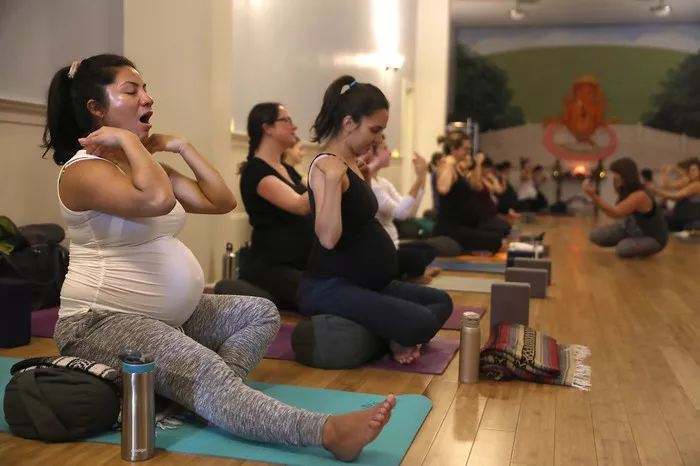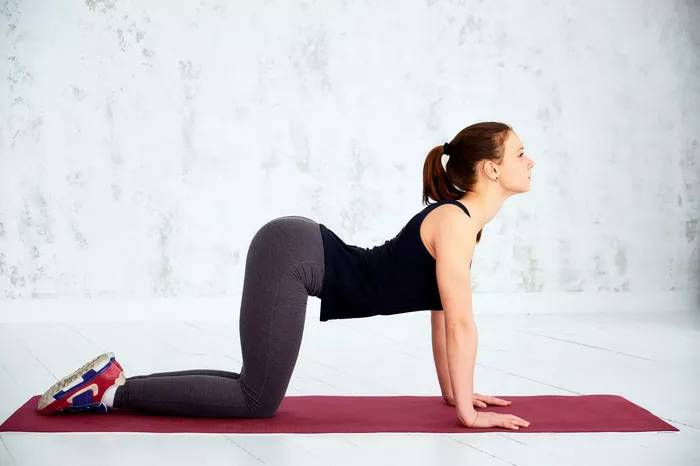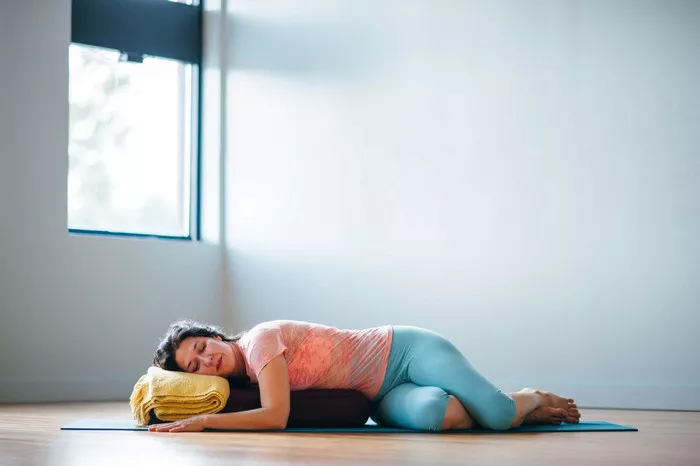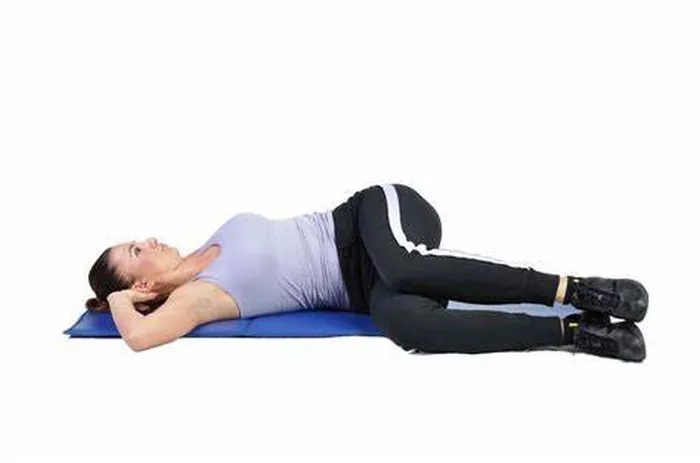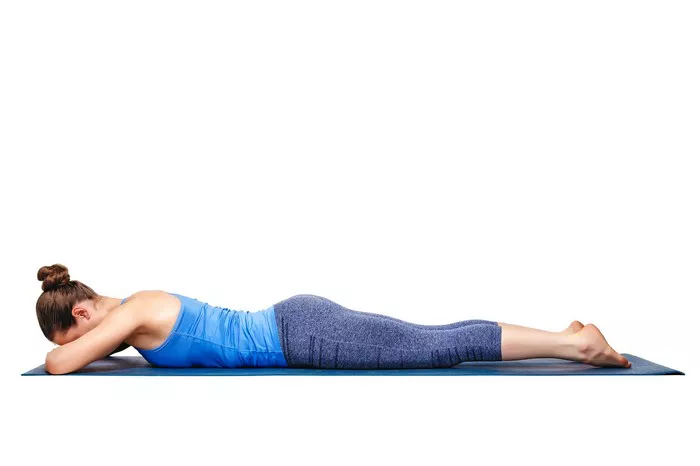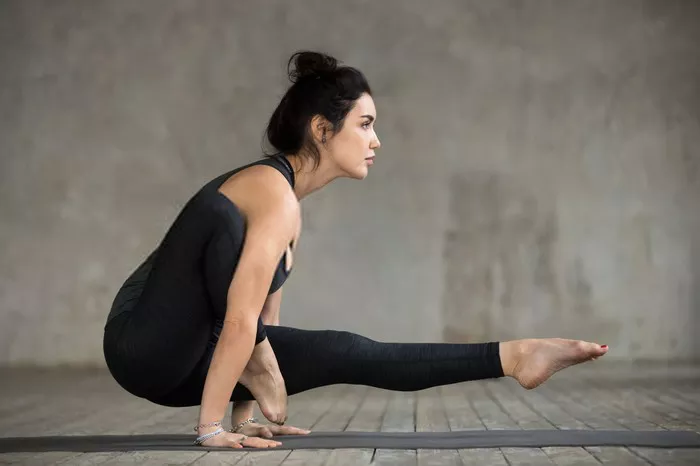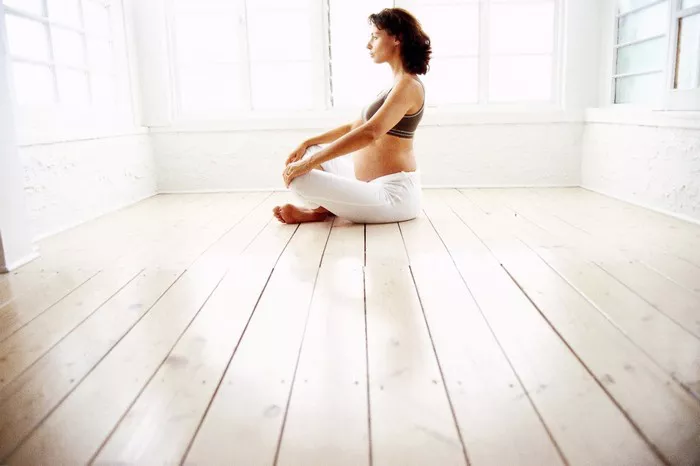Anxiety affects millions of people globally, and the search for natural, effective ways to manage it continues to grow. Yoga, an ancient practice combining physical movement, breath control, and meditation, has proven to be a powerful tool in reducing anxiety. This article explores nine of the best yoga methods for anxiety relief, offering insight into how each method works and tips for practicing them effectively.
1. Hatha Yoga: A Gentle Introduction to Mind-Body Balance
Hatha Yoga is one of the most widely practiced forms of yoga, making it an excellent starting point for those new to the discipline. It focuses on basic postures and controlled breathing techniques that help to bring awareness to the body and quiet the mind. These sessions are generally slower-paced, allowing practitioners to engage more deeply with each pose. The simplicity and structure of Hatha Yoga create a calming environment that can ease symptoms of anxiety over time.
Key Benefits:
- Encourages mindful movement and breath control
- Improves body awareness and relaxation
- Builds a strong foundation for other yoga styles
2. Vinyasa Yoga: Flowing Movement for Emotional Release
Vinyasa Yoga connects movement with breath in a flowing sequence, making it ideal for those who need an outlet for nervous energy. This style promotes cardiovascular health while also encouraging mindfulness, as each transition requires focus and control. Practicing Vinyasa Yoga helps to release built-up tension in the muscles, which can reduce feelings of restlessness and stress.
Key Benefits:
- Promotes physical and emotional release
- Helps regulate breathing patterns
- Enhances focus and concentration
3. Yin Yoga: Deep Stretching and Stillness
Yin Yoga targets the deeper connective tissues of the body through long-held, passive postures. Each pose is typically held for three to five minutes, encouraging stillness and introspection. This practice is particularly effective for anxiety relief because it cultivates patience and a sense of surrender, both of which are critical in calming an overactive mind. Yin Yoga also helps to improve circulation and joint flexibility.
Key Benefits:
- Enhances emotional resilience
- Encourages mindfulness and patience
- Promotes relaxation of the nervous system
4. Restorative Yoga: Total Relaxation and Healing
Restorative Yoga is a deeply relaxing practice that uses props like bolsters, blankets, and blocks to support the body in restful poses. Each session involves only a few poses, each held for extended periods to allow the nervous system to reset. It is particularly beneficial for those experiencing chronic anxiety, fatigue, or emotional burnout. This method encourages deep relaxation and helps to activate the parasympathetic nervous system.
Key Benefits:
- Induces deep relaxation
- Reduces physical tension and fatigue
- Supports emotional healing
5. Kundalini Yoga: Awakening Inner Energy
Kundalini Yoga combines dynamic movements, chanting, breathwork, and meditation to awaken inner energy. While it may seem intense, it is extremely effective in combating anxiety by redirecting mental focus and balancing the body’s energy centers, or chakras. The use of mantras and rhythmic breathing helps to clear mental blocks and establish a sense of inner peace and clarity.
Key Benefits:
- Enhances spiritual awareness and self-connection
- Uses breath and mantra to manage anxiety
- Balances emotional and energetic systems
6. Pranayama: Mastering the Breath
Pranayama refers to a range of breath control techniques that can be practiced alone or as part of a yoga routine. Regulating the breath has a direct effect on the autonomic nervous system, making it a vital tool for managing anxiety. Techniques such as Nadi Shodhana (alternate nostril breathing) and Bhramari (humming bee breath) are especially useful for inducing calm and focus.
Key Techniques:
- Nadi Shodhana: Balances the hemispheres of the brain
- Bhramari: Produces soothing vibrations that calm the mind
- Ujjayi: Encourages deep, rhythmic breathing for relaxation
7. Yoga Nidra: The Yogic Sleep
Yoga Nidra, also known as yogic sleep, is a guided meditation practice performed lying down in a comfortable position. This method brings the practitioner into a deep state of conscious relaxation. It is particularly effective for those with high levels of stress or insomnia, both of which often accompany anxiety. A single session of Yoga Nidra can be as restorative as several hours of deep sleep.
Key Benefits:
- Deepens relaxation and improves sleep quality
- Helps reprogram negative thought patterns
- Reduces tension and anxiety levels
8. Mindfulness-Based Yoga: Integrating Awareness into Practice
Mindfulness-Based Yoga incorporates principles of mindfulness meditation into traditional yoga practices. The emphasis is on staying present and non-judgmental about physical sensations, thoughts, and emotions. This approach helps individuals recognize anxiety triggers and develop healthier responses to them. Practicing mindfulness in yoga can significantly enhance emotional regulation and overall well-being.
Key Benefits:
- Increases emotional awareness
- Reduces rumination and worry
- Enhances present-moment focus
9. Iyengar Yoga: Precision and Alignment
Iyengar Yoga emphasizes alignment, precision, and the use of props to achieve perfect posture and balance. Though it is more physically structured, this focus on detail encourages deep concentration and mindfulness. For people with anxiety, the discipline of Iyengar Yoga can bring a sense of control and stability, grounding the mind in the safety of structured movement.
Key Benefits:
- Promotes mental clarity through physical precision
- Builds confidence and body awareness
- Reduces anxiety by creating a sense of order
Tips for Enhancing the Benefits of Yoga for Anxiety
To get the most out of your yoga practice, consistency and intentionality are key. Below are some strategies to deepen the impact of these yoga methods:
- Practice regularly: Aim for at least three sessions per week.
- Create a calming space: Use soft lighting, soothing music, and minimal distractions.
- Combine with journaling: Reflect on your experiences to track progress and triggers.
- Seek guidance: A certified yoga instructor can offer personalized support.
- Stay patient: Relief from anxiety may take time, so maintain a compassionate mindset.
Final Thoughts
Yoga offers a wide range of methods for alleviating anxiety, each with its unique approach and benefits. Whether you prefer the dynamic flow of Vinyasa, the deep stillness of Yin, or the meditative quality of Yoga Nidra, there is a style that can suit your needs. Integrating yoga into your life not only helps manage anxiety but also fosters overall physical, mental, and emotional well-being. By committing to a regular practice and exploring these nine methods, you can cultivate a more balanced and peaceful life.
Related Topics:


